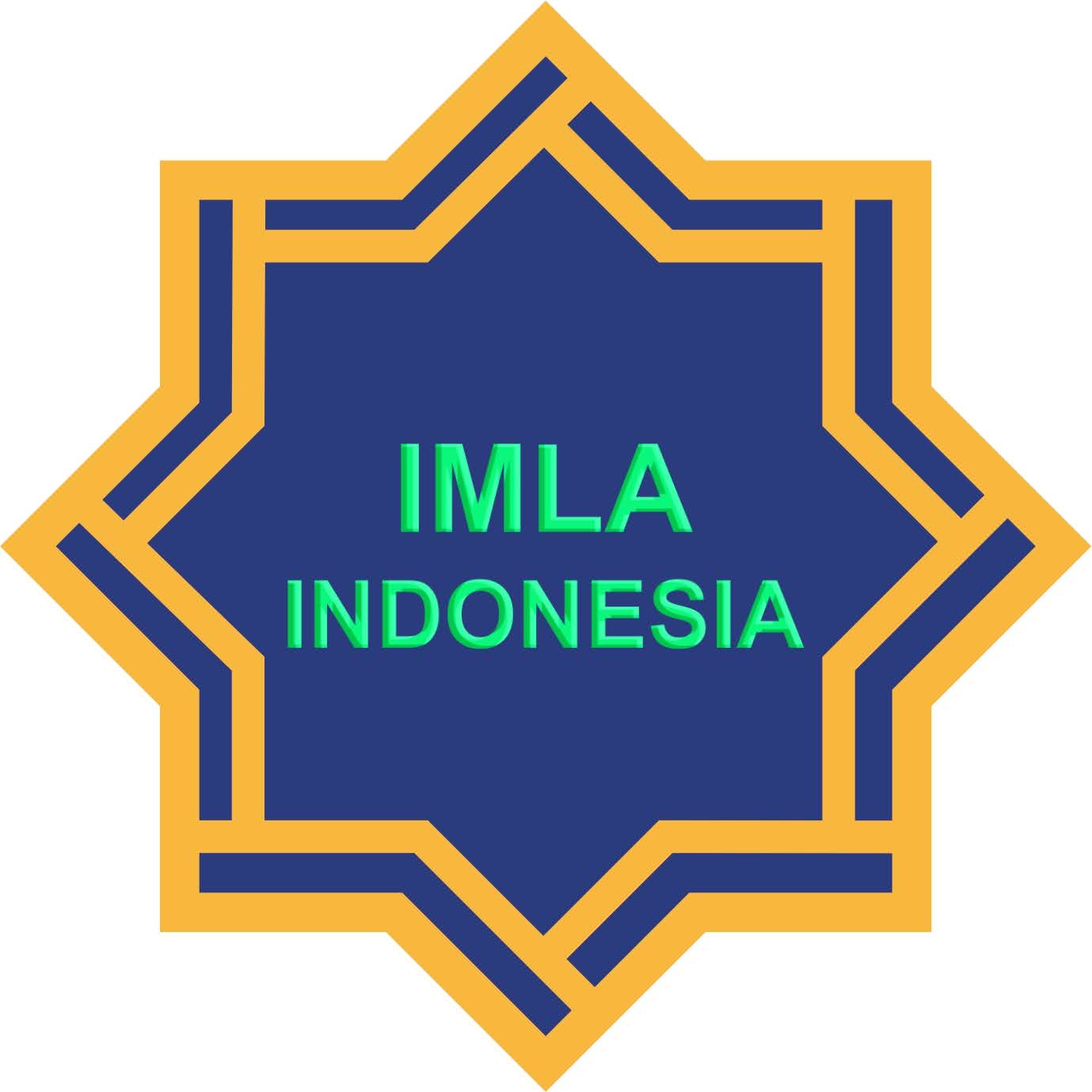Author Guidelines
Author Guidelines
TITLE
Title length is not more than 12 words, and it should be clear, brief, and informative. Abbreviation, formula, year, and place should be avoided.
AUTHOR
The author provides Author’s name; Name of the Institution Email; email address for author: and Correspondence’s name1, Name of the Institution1 Email: email address for correspondence author1
INTRODUCTION
The introduction contains the purpose of article/research that is formulated and presented by an adequate background. The introduction must cover the research urgency, supporting facts from previous studies, gap analysis, research status, research novelty, and research objective. The gap analysis means the gap found within the prior research, while the research status is the position towards previous studies whether it corrects, debates, or supports. The references must be taken from various Scopus indexed-journals or national standardized journal published not later than 10 years from the article submission.
METHODS
Method used should be accompanied by references, relevant modification should be explained. Procedure and data analysis techniques should be emphasized to literature review article.The research stages should be clearly stated.
RESULTS AND DISCUSSION
The results and discussion should be presented in the same part, clearly and briefly. The discussion part should contain the benefit of research result, not repeat result part. The research results could be supplemented with tables,figures, or graphs (separate writing terms) to clarify the discussion.Avoid presenting similar data in a separate table. The analysis should answer the gap stated. The qualitative data, e.g. interview results, is discussed in paragraphs. The references contained in the introduction should not be re-written in the discussion. A comparison to the previous studies should be presented.
CONCLUSION
The research conclusion is presented briefly, narrative and conceptual which describes the research findings and its impacts. Please avoid using bullets.
REFERENCES
Bagarić, V., & Jelena M. D. (2007). “Defining Communicative Competence”. Metodika.8 (1): 94-103.
Brown, H. D. & Lee, H. (2015). TEACHING by PRINCIPLES; An Interactive Approach to Language Pedagogy.United States: Pearson.
Canale, M., & Merril S. (1980). “Theoretical Bases of Communicative Approaches to Second Language Teaching and Testing”. Applied Linguistics. 1 (1): 1-47. (date of access: 3rd December. 2016)*
*The article should cite the last name and year of the reference. If citing from some authors, it should be ordered based on the most recent reference. If citing from the article written by two authors, then all authors’ name should be cited. Meanwhile, if citing from the article written by three or more authors, then it is cited by writing first author’s name followed by et al. The references are written in APA style. The listed references must be cited in the body of the article and vice versa. Unpublished referencesare not suggested to be cited in the article. This journal requires 80% of the references cited from national and international journals or any primary sources like books.
TERMS OF TABLE, GRAPH, AND FIGURE
- The table, graph, and figure must be in accordance with the needs of informative papers.
- Each table, graph, or figure must be followed by a caption. For tables, the caption is placed above. For figures and graphs, the caption is placed under.
- Tables, graphs, and figures should be placed at the beginning or end of a page.
- Before inserting a table, graph, or figure, the author is emphasized to provide a review narrative related to the table, graph, or figure that will be presented accompanied by listing the number of the table, graph, or figure presented.
- A good resolution figure.
- Graph legends should be written in the box.
- A table consists of two rows minimum, contains a calculation yet no unit repetition.
- The table only uses lines at the top and bottom of the table head and closes at the end of the data.
- If there are two/or more tables having interrelated content, it should be placed close together.
- A table, graph, or figure presentation may combine two text fields if needed.






